The cere, that small, fleshy area above a parakeet’s beak, is an important indicator of their overall health and well-being. A sudden change in the color of your parakeet’s cere, such as it turning brown, can be a cause for concern.
Understanding why is my parakeet cere turning brown and how to treat it is crucial for responsible parakeet ownership.
Several factors can contribute to a parakeet’s cere turning brown, from natural maturation and hormonal fluctuations to illness and environmental irritants.
Recognizing the underlying cause is the first step in addressing the issue effectively and ensuring your feathered friend’s health. This article explores the common reasons behind a parakeet’s brown cere and provides insights into the treatment options available.
It’s essential to take a proactive approach to your parakeet’s health, as any unusual changes in their cere color may be a sign of an underlying issue that requires attention.
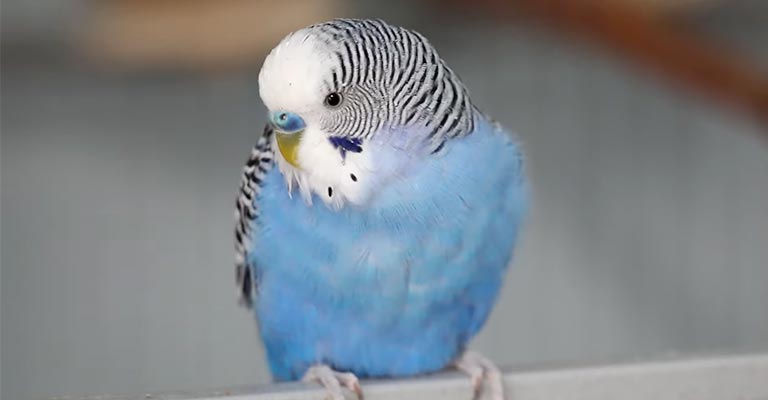
Why Is My Parakeet Cere Turning Brown? 7 Causes
A parakeet’s cere, the fleshy area located just above its beak, can change color for various reasons. One common change is the cere turning brown. Here are some potential reasons for this color change:
Maturity
As parakeets mature, their cere color can naturally shift from a youthful pink or blue to a more mature brownish color, which is typical for adult parakeets.
This color change is especially noticeable in males, who often develop a deeper blue or brown cere as they reach sexual maturity.
Hormonal Changes
Hormonal fluctuations, particularly in female parakeets, can influence cere color. When a female is in breeding condition, her cere may become darker, turning brownish or tan.
Illness or Infection
A brownish cere can be a sign of illness or infection. Respiratory infections or mite infestations can lead to discoloration. If the color change is accompanied by other concerning symptoms like sneezing, discharge, or lethargy, consult an avian veterinarian.
Dietary Factors
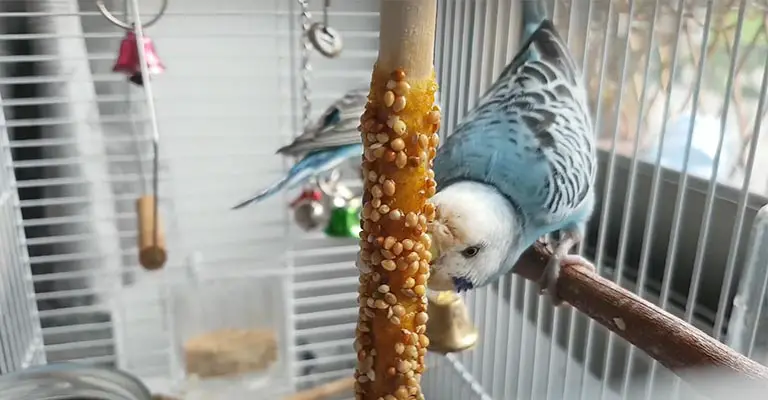
Poor nutrition or an imbalanced diet can impact a parakeet’s health, including its cere color. Ensuring a proper diet with essential nutrients can help maintain a healthy cere.
Environmental Factors
Exposure to environmental irritants like smoke or dust can cause the cere to darken. Keeping your parakeet’s living space clean and free from airborne pollutants is essential.
Stress or Aggression
Stress or aggressive interactions with other parakeets can lead to cere color changes. Monitoring their social dynamics and ensuring a harmonious environment is vital for their well-being.
Tumor or growth
In rare cases, the cere color change can be due to a tumor or growth in the area. If the color change is accompanied by abnormal growth or if the cere appears swollen or misshapen, seek veterinary evaluation.
While a change in cere color can be a natural part of maturation or hormonal shifts, it’s essential to be attentive to any accompanying symptoms or signs of distress.
If you have concerns about your parakeet’s health or the unusual color change persists, consulting with an avian veterinarian is advisable to rule out any potential health issues.
How To Treatment Parakeet Cere?
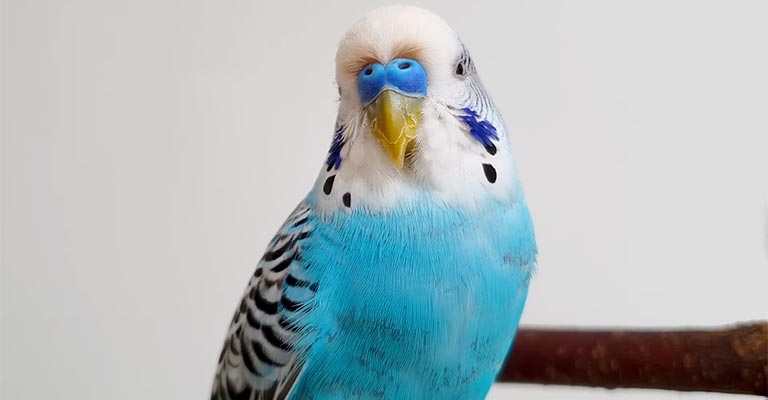
Here are some treatment approaches:
Maturity
If the brown cere change is due to natural maturity, no treatment is necessary. It is a normal part of the aging process, especially in adult males who develop a brown or deeper blue cere as they mature.
Hormonal Fluctuations
If hormonal changes are the cause, provide a comfortable environment and reduce any stressors that might be triggering hormonal responses. Ensure a well-balanced diet to support your parakeet’s overall health.
Illness or Infection
If your parakeet’s brown cere is due to illness or infection, consult an avian veterinarian for a proper diagnosis. Treatment may involve antibiotics, antiparasitic medications, or supportive care to address the underlying condition.
Dietary Factors
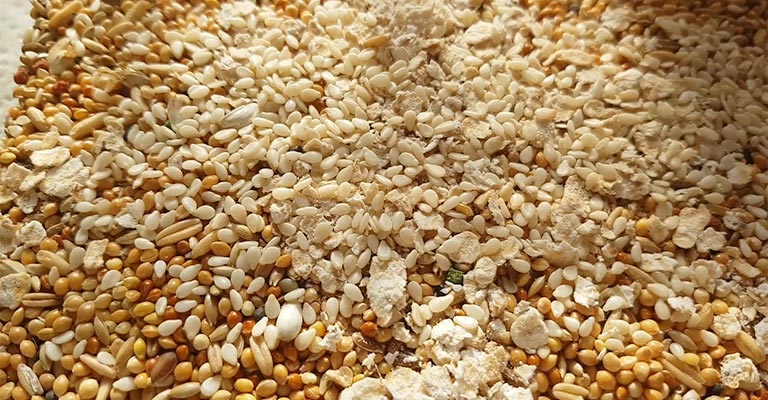
A balanced diet is crucial for maintaining a healthy cere. Ensure your parakeet’s diet includes a variety of seeds, fresh fruits, vegetables, and high-quality pellets. Providing essential nutrients will help keep your bird in good health.
Environmental Factors
Maintain a clean and dust-free environment to prevent environmental irritants from affecting the cere. Good air quality and regular cage cleaning can help improve your parakeet’s overall well-being.
Stress Reduction
To address stress or aggression-related color changes, create a harmonious living environment for your parakeet. This might involve separating aggressive birds or providing more opportunities for mental and physical stimulation.
Tumor or Growth
If a tumor or growth is suspected, consult with an avian veterinarian for a proper evaluation and treatment plan. Surgical removal or other medical interventions may be necessary to address the issue.
Overall, the treatment for a parakeet with a brown cere varies depending on the underlying cause.
In most cases, it’s crucial to consult with an avian veterinarian for a comprehensive evaluation and personalized treatment plan to ensure the well-being of your feathered friend.
What Does A Healthy Budgie Cere Look Like?
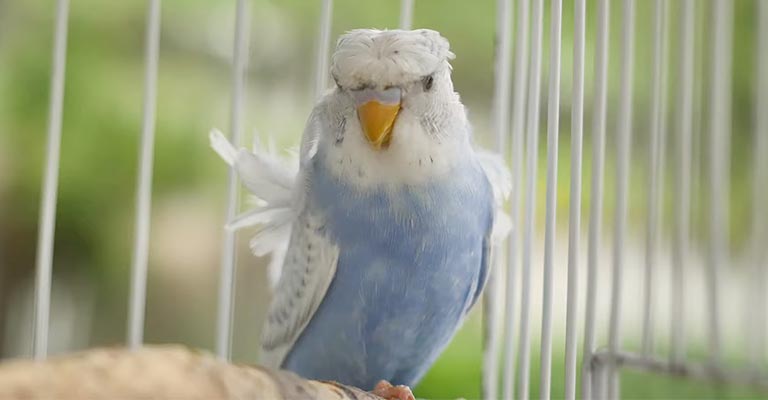
A budgie’s cere, the fleshy area above its beak, varies in appearance based on its gender, age, and health. Here’s how a healthy budgie cere looks in different situations:
Healthy Adult Male Budgie
A healthy adult male budgie typically has a bright, royal blue cere. It should be smooth, and devoid of crustiness or discoloration. During the breeding season, the cere might deepen in color, becoming richer and more vibrant.
Healthy Adult Female Budgie
A healthy adult female budgie usually has a cere that ranges from light blue or beige to brown. When she’s in breeding condition, her cere may become darker and crusty, indicating fertility. Outside of the breeding season, it usually appears smooth and matte.
Young Budgie
Young budgies, both male and female, have a purplish or bluish cere. As they mature, their cere color starts to change based on their gender. Monitoring the color change is essential for identifying their gender as they grow.
Elderly Budgie
In older budgies, regardless of gender, the cere can become paler and might have a chalky appearance. Some aging budgies may develop small, benign growths, which should be evaluated by a veterinarian.
Sick Budgie
A sick budgie’s cere may show signs of illness. It might appear swollen, discolored, crusty, or have discharge. Any abnormality in the cere, along with changes in behavior or appetite, indicates a health issue that requires immediate veterinary attention.
Dehydrated Budgie
Dehydrated budgies might have a dry, flaky cere. In addition to changes in the cere, other signs of dehydration include lethargy, sunken eyes, and loss of appetite. Providing fresh water and consulting a vet is crucial in such cases.
Budgie with Nostril Discharge
If a budgie has nasal discharge, it can affect the cere around the nostrils. The cere might appear wet, discolored, or crusty. Nasal discharge is a concerning sign and necessitates a vet’s examination to determine the underlying cause and appropriate treatment.
Understanding the natural variations in a budgie’s cere based on age, gender, and health status allows bird owners to monitor their pet’s well-being effectively.
Any noticeable changes in the cere, especially when accompanied by other symptoms, should prompt a visit to an avian veterinarian for a comprehensive evaluation and proper diagnosis.
FAQs
Why is my parakeet’s cere turning brown, and is it a cause for concern?
A parakeet’s cere can turn brown for various reasons, including natural maturation, hormonal changes, illness, or environmental factors. While some causes are benign, others can be concerning.
What is the treatment for a parakeet with a brown cere due to natural maturation?
When the cere turns brown due to natural maturation, no specific treatment is required. It is a part of the aging process, especially in adult male parakeets, and is entirely normal.
How do I treat my parakeet’s brown cere caused by hormonal fluctuations?
Hormonal changes leading to a brown cere, especially in females during breeding conditions, do not typically require treatment. Maintaining a comfortable environment and offering a balanced diet can help manage hormonal fluctuations.
What treatment is needed for a parakeet with a brown cere due to illness or infection?
If illness or infection is the cause, prompt veterinary attention is necessary. The vet will diagnose the underlying issue and recommend appropriate treatments, which may include antibiotics or antiparasitic medications.
Can I do anything to treat a parakeet’s brown cere caused by environmental factors or stress?
Addressing the root cause, such as improving air quality, reducing exposure to irritants, or creating a stress-free environment, can help alleviate the issue.
Additionally, ensuring a well-balanced diet and providing mental and physical stimulation can support your parakeet’s overall health and well-being.
Conclusion
A parakeet’s cere turning brown is a multifaceted issue, and the appropriate treatment depends on the root cause. It could be a natural part of maturation, hormonal fluctuations, or an indication of an underlying health problem.
Regardless of the cause, the well-being of your parakeet is paramount. In some cases, no treatment is necessary, as it may be part of the natural aging process.
However, when brown cere is linked to illness, stress, or environmental factors, it’s crucial to address the underlying issues. Consulting with an avian veterinarian is the best course of action, as they can accurately diagnose the problem and recommend a suitable treatment plan.
By providing the right care and support, you can help ensure your parakeet’s cere returns to its healthy, natural state, promoting their overall happiness and longevity.